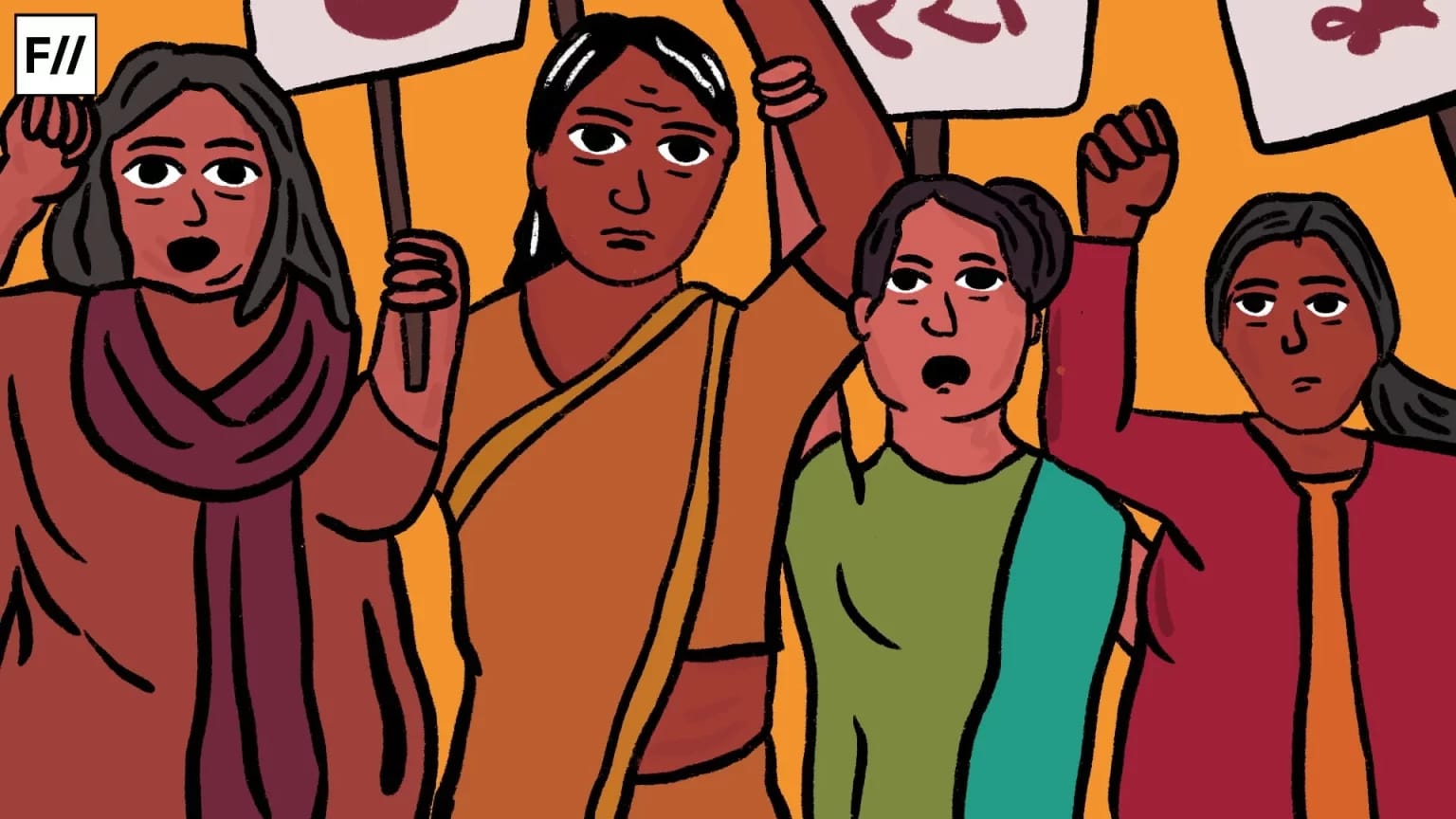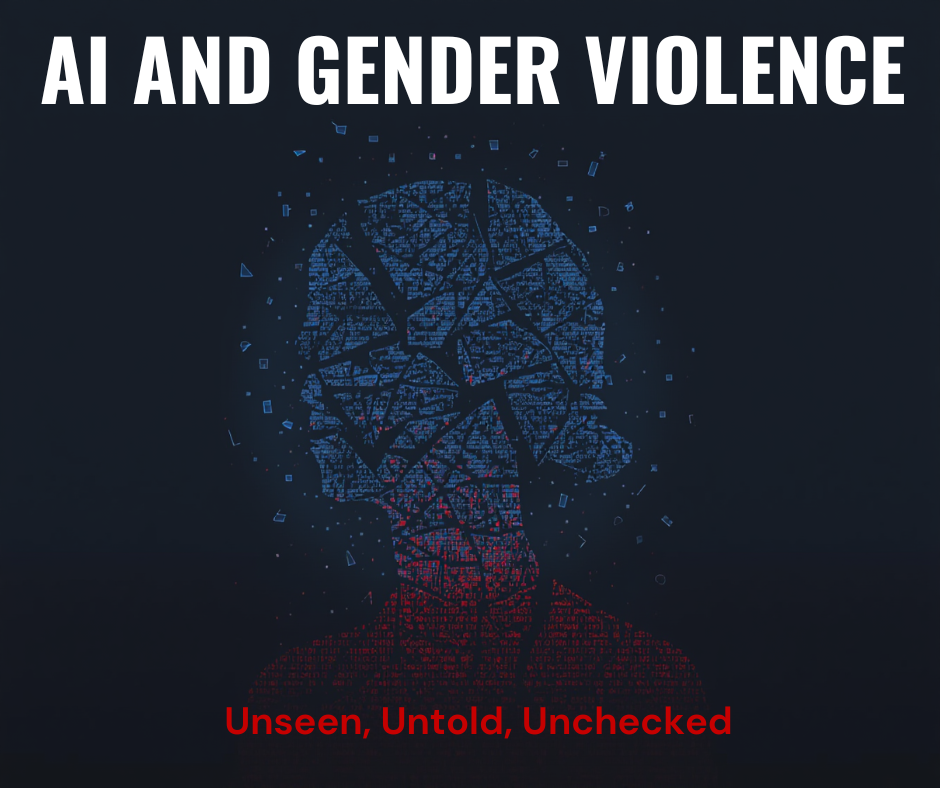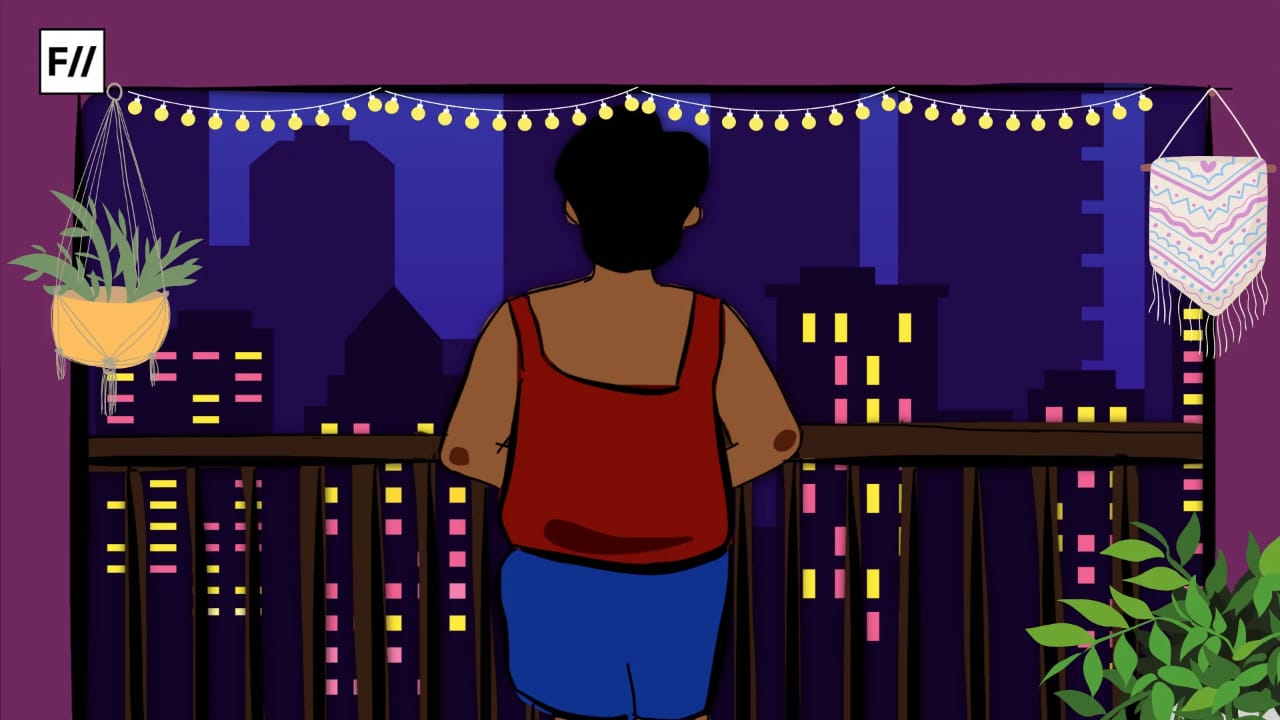Every 18 minutes, 1 crime is committed against a Dalit. Every week, 13 Dalits are murdered. According to India’s National Crime Records Bureau in 2024, approximately 45,935 cases of caste violence are recorded each year. Entrenched in a deeply polarised society reinforcing a proto-fascist Hindutva framework, the all-pervasive caste system persists as a wretched constant——fuelled by the systematic marginalisation of minorities and the deliberate fracturing of social cohesion.
On June 24, 2025, The Indian Express reported, ‘Nine people have been detained after a mob forcibly shaved the heads of two Dalit men and forced them to crawl over allegations of cow smuggling in Odisha’s Ganjam district. According to the police, the victims had bought a cow and two calves and were returning home when a mob accosted them in Kharigumma village under Dharakote police limits and demanded Rs 30,000. When the men expressed inability to pay, the mob allegedly beat them up, forcibly shaved their heads, made them crawl and had them drink sewage water. A video purportedly shows the two men crawling with grass clamped between their teeth as some men follow them. The group also took away cash of Rs 700 from them and their mobile phones, police said.‘ This is not, unsurprisingly, a stray or isolated event – with CJP recording 113 incidents of anti-Dalit atrocities from the month of January to June.
The historical roots of caste violence
While there is a definitive correlation between this rampant polarisation and the current religious ideology-soaked regime, it would be dangerously reductive to claim that caste violence emerges merely as a feature of a fascist regime—the caste hierarchy has itself formed the very edifice upon which this Hindutva nation stands.
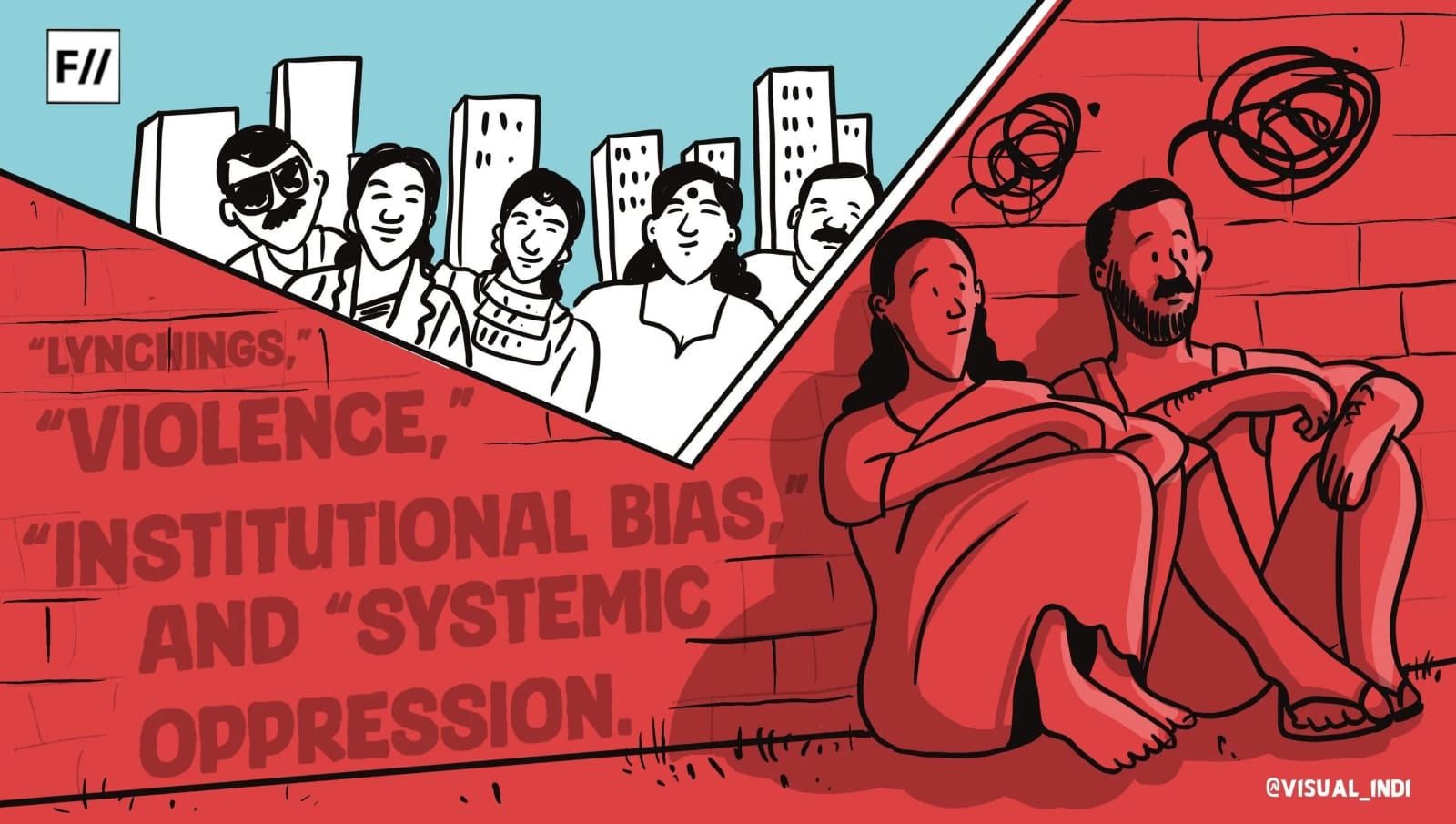
Ania Loomba, in The Everyday Violence of Caste, writes: ‘Caste violence in India is one of the most long-standing instances of the routinisation of violence, predating European colonialism although not unshaped by it, and now firmly enmeshed within the new global order. Despite untouchability being constitutionally abolished in 1950, caste oppression is pervasive today. Over 160 million Untouchables- or Dalits- are subject to different forms of discrimination: they are denied access to places of worship, clean water, housing, and land; their children are still kept out of, or ill-treated within, schools; they are forced into menial and degrading occupations, notably manual scavenging; and, despite a governmental policy of affirmative action, they remain largely excluded from the country’s businesses, educational establishments, judicial services, and bureaucracy. If violence against lower castes and outcastes is rendered banal by being woven into the fabric of everyday life, it is also conducted via spectacular acts. Dalits are raped and murdered for daring to aspire to land, electricity, drinking water, and to non-Dalit partners. Inter-caste marriages, especially those between lower caste men and women of higher castes, result in murders, kidnapping, and the public punishment of such men and (often) the women involved. Dalit women remain subject to constant sexual assault by upper caste men. In general, caste segregation shapes India’s rural landscape, as well as large parts of its urbanity.‘
The failure of existing legal protections
In situations that manifest out of bifurcations so grievously embedded, we turn to legal safeguards for respite against honour killings arising from inter-caste marriages—the term ‘honour killings’ is connected to the claim that a family’s honour is connected to a woman’s chastity, with the scope of reasons attributed to this slaughter ranging from marital infidelity, to pre-marital sex, to having unapproved relationships, to refusing an arranged marriage or even to rape. Dalit women survivors of such tragic incidents have asserted their demand for an individual law to deal with crimes that involve inter-caste love marriages or relationships due to the limited purview of the existing SC/ST (Prevention of Atrocities Act).
The Scheduled Castes and Scheduled Tribes (Prevention of Atrocities Act), 1989 aims to combat caste prejudice through legal prosecution and victim rehabilitation—in a 2003 case of the murder of a Dalit-Vanniyar couple, the court later convicted the police for violating the SC/ST Act by failing to file an FIR.
Consequently, when a woman is subjected to caste atrocities by her own family members, existing legal frameworks offer her no recourse or protection.
While legal indemnities like this Act serve as crucial instruments for upholding justice against deeply entrenched caste hierarchies, its provisions prove woefully inadequate in confronting the systemic and structural dimensions of caste-based brutality. A major shortcoming that heralds the ineffectiveness of this Act is that it may be invoked only when the perpetrator is from another caste and the victim is from SC. Individual provisions within the Act related to honour killings are sorely lacking, and so is central and state government data on the same. Consequently, when a woman is subjected to caste atrocities by her own family members, existing legal frameworks offer her no recourse or protection.
Systemic barriers to justice
Persistently low conviction rates pose another challenge to those seeking legal justice—with 57,582 crimes against Scheduled Castes in 2022, the conviction rate was a mere 34%, reduced from 36.1% in 2019. The fountainhead of such legal inequity remains to be caste discrimination, engendering an atmosphere of police apathy as upper-caste personnel are more likely to sympathise with the perpetrators and exhibit hostility or indifference to marginalised victims seeking to report crimes. Harassment or outright dismissal of cases may exacerbate victims’ reluctance to further report offences against them, and in cases where action is taken, it may be simply superficial or slow, leading to a lack of accountability.
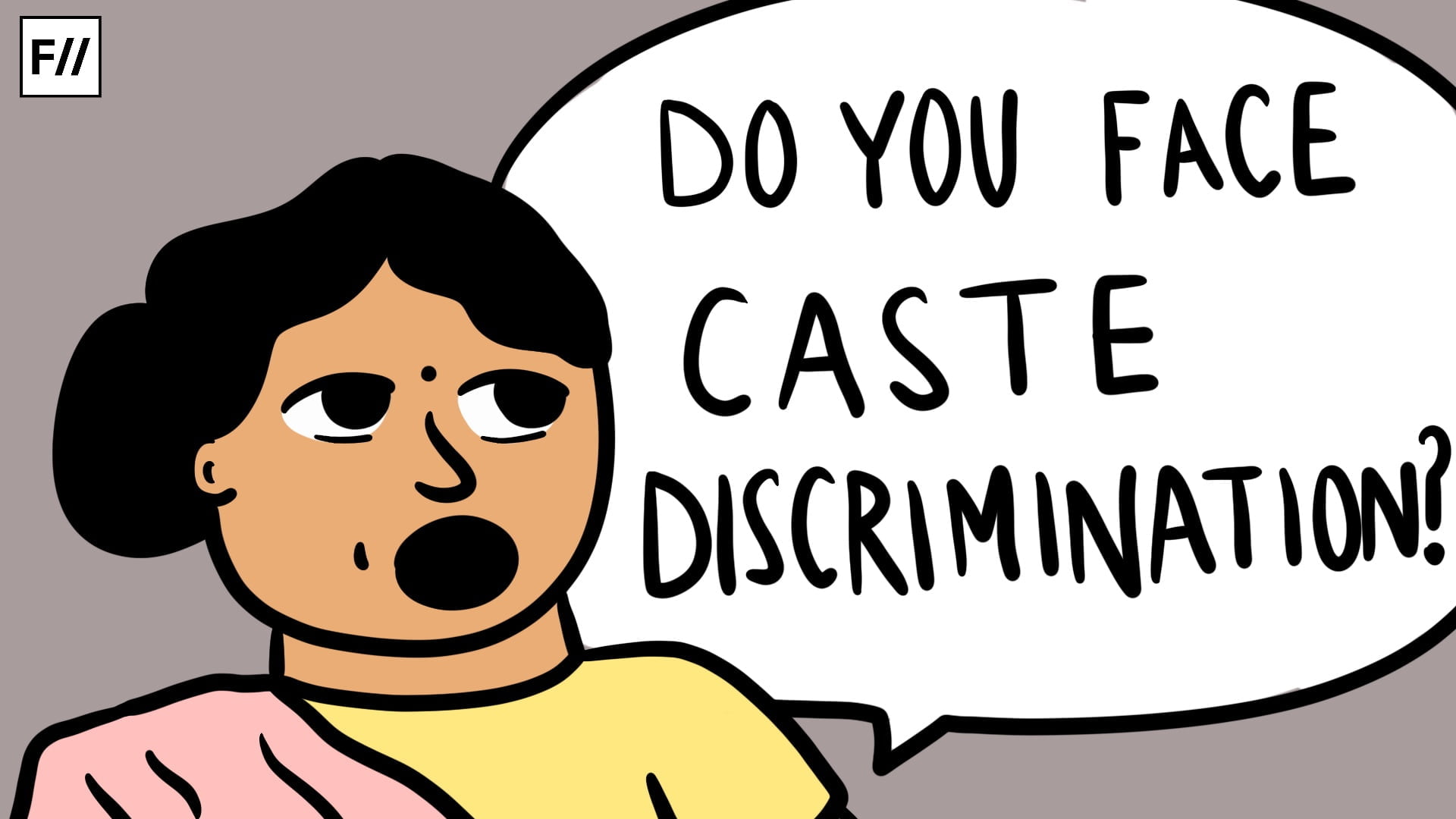
Caste prejudice rears its head once more, masquerading as societal shame and ostracism against those who have suffered caste-based crimes. Social exclusion, fear of retaliation, and communal scorn act as powerful deterrents to crime reporting within a deeply-entrenched caste framework, trapping lower castes in a stratification that inflicts harm at every juncture of their lives.
The demand by Dalit women for separate legislation addressing honour killings and inter-caste relationship violence is not merely a call for legal reform—it is an indictment of a system that has failed them at every institutional level.
When existing laws cannot protect a woman from violence perpetrated by her own family in the name of caste purity, when police stations become sites of re-victimisation rather than justice, and when conviction rates languish below 35%, the inadequacy of current legal frameworks becomes undeniable.
When existing laws cannot protect a woman from violence perpetrated by her own family in the name of caste purity, when police stations become sites of re-victimisation rather than justice, and when conviction rates languish below 35%, the inadequacy of current legal frameworks becomes undeniable. Until the legal apparatus recognises that caste violence against women requires its own legislative architecture, justice will remain an abstract promise rather than a lived reality for those who dare to transgress caste boundaries.
References:
https://www.thequint.com/news/crime/crimes-against-sc-st-ncrb-data-five-years-atrocities##read-more
https://socialjustice.gov.in/writereaddata/UploadFile/The Scheduled Castes and Scheduled Tribes.pdf
https://vidhilegalpolicy.in/blog/in-the-name-of-honour
https://www.roundtableindia.co.in/inter-caste-marriage-and-honour-killings-in-india/#:~:text=As per the data given,and 14 in Uttar Pradesh
